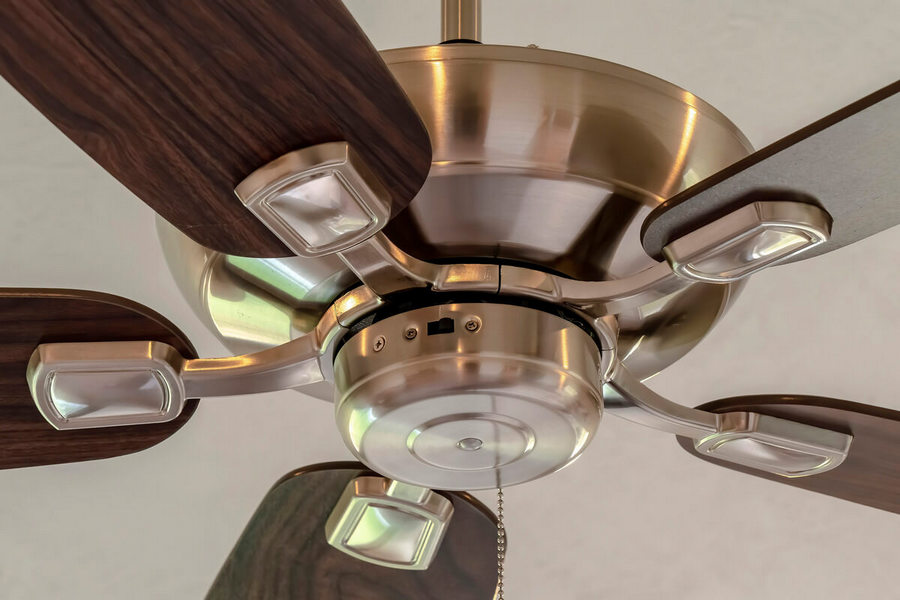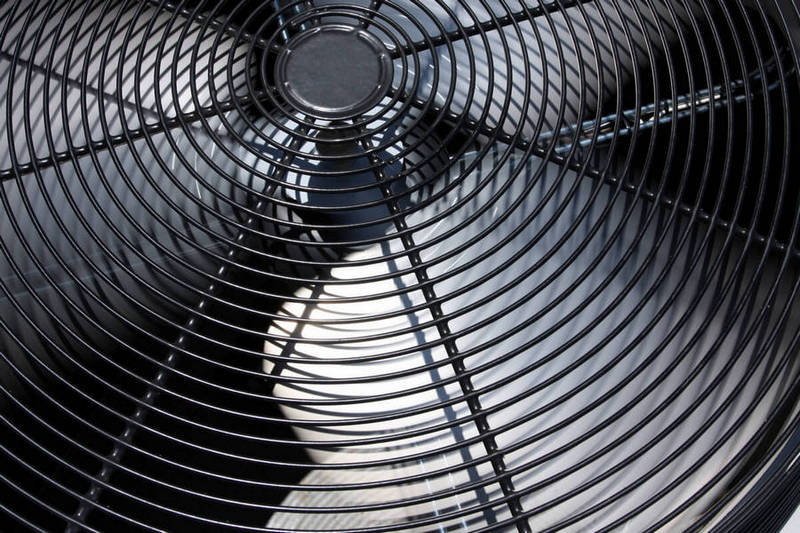It can be tricky to ventilate a bathroom without a window. However, if there is no ample ventilation, moisture can cause inconvenience and danger to your health. No one wants these. Fortunately, there are easy ways to ventilate your bathroom without spending much.
A practical solution in ventilating a windowless bathroom is to maximize the use of ventilating tools. Keep on reading to know more about ventilation ideas and tips for bathrooms without windows.
Why Should You Vent a Bathroom?
There are several reasons why it is crucial to ventilate bathroom solutions:
- Comfort: High humidity tends to make your bathroom feel very hot on summer days and chilly during winter if it does not have proper vent moisture. This will prevent you from being able to use your bathroom comfortably. Improving bathroom ventilation will help better control its humidity levels, allowing you to shower casually regardless of the season.
- Odor Control: Another main reason ventilation for bathrooms is essential is that it helps eliminate musty smells. These odors are often caused by the presence of molds and mildew, which grows when the humidity level is above 55%.
- Mitigate Bacteria Growth: Bacteria such as streptococcus and staphylococcus can grow in a small bathroom with high moisture levels in the air. Exposure to these bacteria can cause serious life-threatening conditions, so it’s crucial to prevent their growth no matter what.
- Prevent House Damages: Grout, walls, and plaster can be significantly damaged by excess moisture. Not only is it annoying, but also costly.
You May Also Like: How to Remove Moisture From a Garage
Keep Cool and Dry: 6 Ways to Ventilate Your Windowless Bathroom
Is it possible to keep your bathroom cool and dry even if it does not have a window? The answer is yes, it is still possible to have good ventilation for bathrooms even if it does not have a window.
1. Get an Exhaust Fan
The most common method used for ventilating windowless bathrooms is with the use of an exhaust fan. In fact, many state building codes require you to have one installed.
What makes an exhaust fan a good ventilation choice for a windowless bathroom is that it gets the job done. At the same time, it is also very affordable.
Suppose you already have an exhaust fan installed because it’s part of the building code in your area. In that case, just make sure that it is working well to improve the ventilation of your windowless bathrooms.
Also, make sure that your exhaust fan is compatible with the size of your bathroom. If it’s too small, it won’t be able to improve the bath’s air circulation. It is also recommended to get a fan that is quiet to avoid making noise.
2. Install a Fresh Air Intake Vent
A fresh air intake vent is a good alternative to an exhaust fan in a bathroom. It can help improve the air circulation for better moisture and humidity control by pumping fresh air into your bathroom.
However, the downside is that it is more expensive than an exhaust fan and trickier to install. But, it does give better results than exhaust fans, so it is worth considering.
Also, installing a fresh air intake vent is something you should not attempt to DIY, especially if you don’t have any experience or technical skills. You might just end up with a costly repair.
Instead, get a professional to do it for you. They will also assist you in finding the most suitable fresh air intake vent for your windowless bathroom.
3. Dehumidify Your Bathroom
There’s a device that also controls the humidity and condensation of your bathroom, and it’s called a dehumidifier. It works by pushing out the warm air inside the bathroom into its coil using a fan mechanism.
Using a portable dehumidifier will get the job done if you have a small bathroom. Like exhaust fans, this is also a cost-effective way of improving your windowless bathroom ventilation and preventing mold growth.
However, if you have enough money in your budget, going for a commercial-grade dehumidifier is something that’s worth considering. You can have it integrated into your HVAC system.
Read Also: Best Commercial Dehumidifier for a Crawl Space
4. Put a Ceiling Fan
A ceiling fan in a bathroom might sound a bit odd. But, it does have benefits when it comes to improving ventilation.
Ceiling fans can improve a windowless bathroom’s ventilation by creating better air circulation. However, don’t expect to get the same results as a fresh air intake vent or a commercial grade dehumidifier.
However, one problem with ceiling fans is that they are electrically operated. This is why you need to be extra careful not to be in close proximity to any water source to prevent electrocution incidents.
It is highly recommended to get a professional to install your ceiling fan in the bathroom. They can safely install it and make sure that your electricity connection is safe and secured.
Related: Do Ceiling Fans Use a Lot of Electricity
5. Don’t Seal The Door
Some people have no problems showering with the bathroom door open. However, others might feel uncomfortable showering like this.
If your door is fitted very tightly to the frame, the air can’t come out or be filtered in your bathroom. This creates a conducive environment for moisture.
What you can do to improve the air circulation is to have ample space underneath the door. It’s highly recommended to have about a half-inch space to have good airflow.
Also, a louvered grille bathroom door is recommended. If you are concerned about privacy, you can opt for those with grills located at the bottom of the door. You also check that the louvers are installed at a proper angle.
6. Considering Installing an Air Conditioner
Air conditioners are designed to improve air circulation and moisture. How it works is very similar to dehumidifiers.
AC units push warm air out from the bathroom then release cool air inside. This can help improve not only the ventilation but the overall bathroom experience.
Although it does significantly help increase ventilation, the installation of an air conditioner in the bathroom can be a bit complicated. This also makes the installation cost a bit pricey.
However, when you think about the ventilation benefit and longevity, it’s an option that’s worth considering. Plus, you can never put a price tag on your comfort, health, and security.
Conclusion
Finally, you know some ventilation ideas and tips if your bathroom does not have a window. If you take a hot shower each day, following one tip only might not be effective.
You do not have to worry because you can combine and try different ways at the same time. For example, you can use an exhaust fan and keep your bathroom door open.
Following these tips is highly recommended even if you do not take hot and long showers every day. Having enough ventilation in your bathroom makes you breathe more easily and have a relaxing shower.







